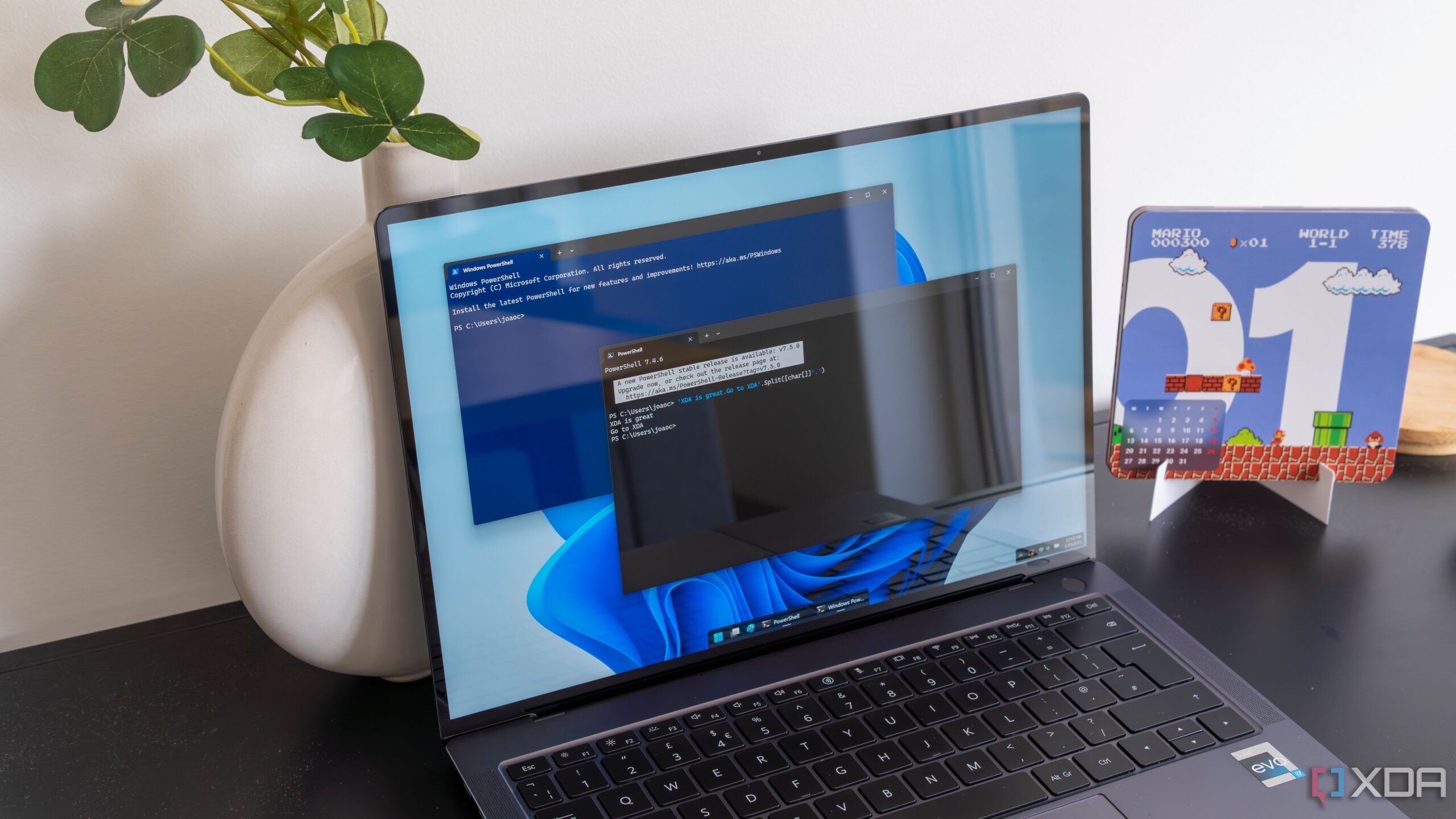Top Stories
PowerShell Surges Ahead of Bash for Windows Users – 5 Key Tricks

URGENT UPDATE: PowerShell is rapidly gaining traction among Windows users, outpacing Bash with its modern features and seamless integration into the Windows OS. As developers seek more efficient ways to manage systems, 5 key PowerShell tricks stand out for their ability to simplify and optimize tasks that traditionally relied on Bash.
New reports confirm that PowerShell’s unique handling of objects, rather than plain text, positions it as a superior choice for Windows system management. Unlike Bash, where commands often require complex parsing with tools like grep and awk, PowerShell outputs structured data directly. For instance, running Get-Process provides a list of processes, which can be sorted and filtered effortlessly, such as identifying those consuming over 100 CPU units with a single command:
Get-Process | Where-Object CPU -gt 100 | Select-Object Name, CPU
This capability is not just a technical advantage; it significantly reduces the time and effort needed for troubleshooting and monitoring system performance, making it invaluable for IT professionals.
Another critical area where PowerShell excels is its direct access to Windows system components, including the registry and task scheduler. For example, users can quickly check which applications start at boot by executing:
Get-ItemProperty -Path “HKCU:\Software\Microsoft\Windows\CurrentVersion\Run”
This command allows easy modification of registry keys, eliminating the need for cumbersome GUI tools or additional scripts. Such features are essential for system administrators managing multiple machines, providing a streamlined approach to system maintenance.
Automation is also more intuitive in PowerShell through its cmdlets—small, specific commands that follow a clear Verb-Noun pattern. This simplicity allows users to manage tasks like Windows Updates effortlessly. For instance, with the PSWindowsUpdate module installed, users can execute:
Install-WindowsUpdate -AcceptAll -AutoReboot
This command updates Windows without accessing settings, showcasing PowerShell’s robust integration within the Windows ecosystem compared to Bash.
File and folder management is another area where PowerShell shines. With straightforward commands, users can quickly back up files or find large files with ease. For example, copying all PDF files to a backup folder only requires:
*.pdf C:\Backup
To find files larger than 100MB, users can run:
Get-ChildItem -Recurse | Where-Object {$_.Length -gt 100MB}
This consistency in command structure makes PowerShell more user-friendly for Windows users.
Additionally, PowerShell’s remoting capabilities—known as PSRemoting—allow for executing commands on remote machines via WinRM without needing third-party software. For example, restarting a service across multiple PCs is as simple as:
Invoke-Command -ComputerName PC1, PC2, PC3, PC4, PC5 -ScriptBlock { Restart-Service spooler }
This feature is crucial for IT environments, enabling efficient management of numerous systems from a single interface.
As the tech landscape evolves, switching from Bash to PowerShell offers Windows users enhanced control and a suite of features tailored specifically for the Windows operating system. While Bash remains a strong contender in Linux environments, PowerShell’s growing capabilities are making it the clear winner for Windows users seeking efficiency and simplicity.
Stay tuned for further updates as PowerShell continues to redefine system management on Windows platforms. Share this article to help others discover these powerful tools!
-

 Science4 days ago
Science4 days agoInventor Achieves Breakthrough with 2 Billion FPS Laser Video
-

 Top Stories1 week ago
Top Stories1 week agoCharlie Sheen’s New Romance: ‘Glowing’ with Younger Partner
-

 Entertainment1 week ago
Entertainment1 week agoDua Lipa Aces GCSE Spanish, Sparks Super Bowl Buzz with Fans
-

 Business1 week ago
Business1 week agoTyler Technologies Set to Reveal Q3 Earnings on October 22
-

 World1 week ago
World1 week agoR&B Icon D’Angelo Dies at 51, Leaving Lasting Legacy
-

 Entertainment1 week ago
Entertainment1 week agoMother Fights to Reunite with Children After Kidnapping in New Drama
-

 Science1 week ago
Science1 week agoNorth Carolina’s Biotech Boom: Billions Invested in Manufacturing
-

 Health1 week ago
Health1 week agoCurium Group, PeptiDream, and PDRadiopharma Launch Key Cancer Trial
-

 Health1 week ago
Health1 week agoCommunity Unites for 7th Annual Into the Light Walk for Mental Health
-

 Entertainment1 week ago
Entertainment1 week agoRed Sox’s Bregman to Become Free Agent; Tigers Commit to Skubal
-

 Health1 week ago
Health1 week agoNorth Carolina’s Biotech Boom: Billions in New Investments
-

 Top Stories6 days ago
Top Stories6 days agoFormer Mozilla CMO Launches AI-Driven Cannabis Cocktail Brand Fast









